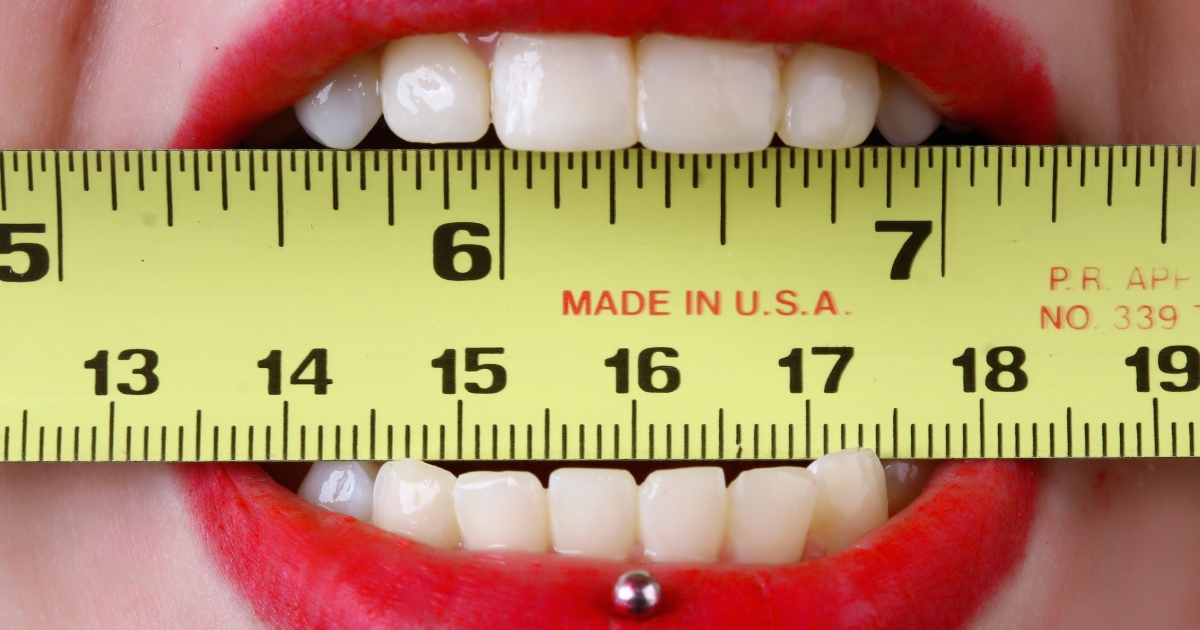
Photo credit to Rodolfo
He that voluntarily continues ignorant is guilty of all the crimes which ignorance produces. - Samuel Johnson, 18th century English literary critic and compiler of the first dictionary of the English language; reported in Josiah Hotchkiss Gilbert, Dictionary of Burning Words of Brilliant Writers (1895), p. 336
I knew that I had a facility with words and a power of facing unpleasant facts. - George Orwell, "Why I write"
Humans are notorious underestimators of their spending habits. In this series of articles we are going to examine in detail what things cost and what alternatives cost in time, money, and risk. To the extent I am capable, I am going to present this without value judgments. I am not here to tell you that X is too much for a car or Y is too much for a house, I am simply here to explain what the house and the car cost with all costs considered, not just the obvious ones. In my hobby as a financial coach, I see (often because I generate) lots of balance sheets. The areas that shock my clients the most are food, automobiles, and drugs (alcohol, tobacco, marijuana, caffeine, and sugar). Other things we spend lots of money on are either things which we can estimate properly because they arrive in large monthly bills (rent), things we have little to no control over (healthcare), or things which most people find easy to adjust if they are in a tight spot financially (entertainment and travel).
Therefore most of this section is about food (how much does it cost per calorie to eat out vs cook at home), transportation (how much does it cost to move from point A to point B), housing (the real costs of homeownership), and drugs (how to curate your conscious experience via chemistry while thinking economically). To fully explain these things will require some technical understanding in a diverse set of fields from pharmacology to automotive science. While the technical details of our subjects will vary quite a bit, the cognitive errors which cause poor decision-making will share commonalities. In the majority of cases, even the conscientious overspend when the costs of a decision are uncertain and mostly unrealized in the immediate future (buying a house), when amortization is a key factor (cars), and when the options available are not a single choice but a litany of small, seemingly insignificant choices (food).
As a trivial example, consider coffee. Most coffee drinkers think the cost of coffee is the coffee beans. The real cost includes the coffee beans, amortization on the coffee maker, electricity to run the coffee maker, water for the coffee, electricity and water to run the dishwasher for the coffee mug, and the cost of time to clean the coffee pot. All costs considered, coffee might be 10% more expensive than the typical coffee drinkers' estimate. Trying to explain to the average consumer that their coffee is $3.30 not $3.00 per cup is likely to result in a laugh of derision. That derision has serious consequences in other areas, like housing and transportation, where the total cost is larger and the hidden costs may add 50-300% instead of 10%. Failing to account for all the costs associated with an expense leads many consumers to a lifetime of debt and financial distress.